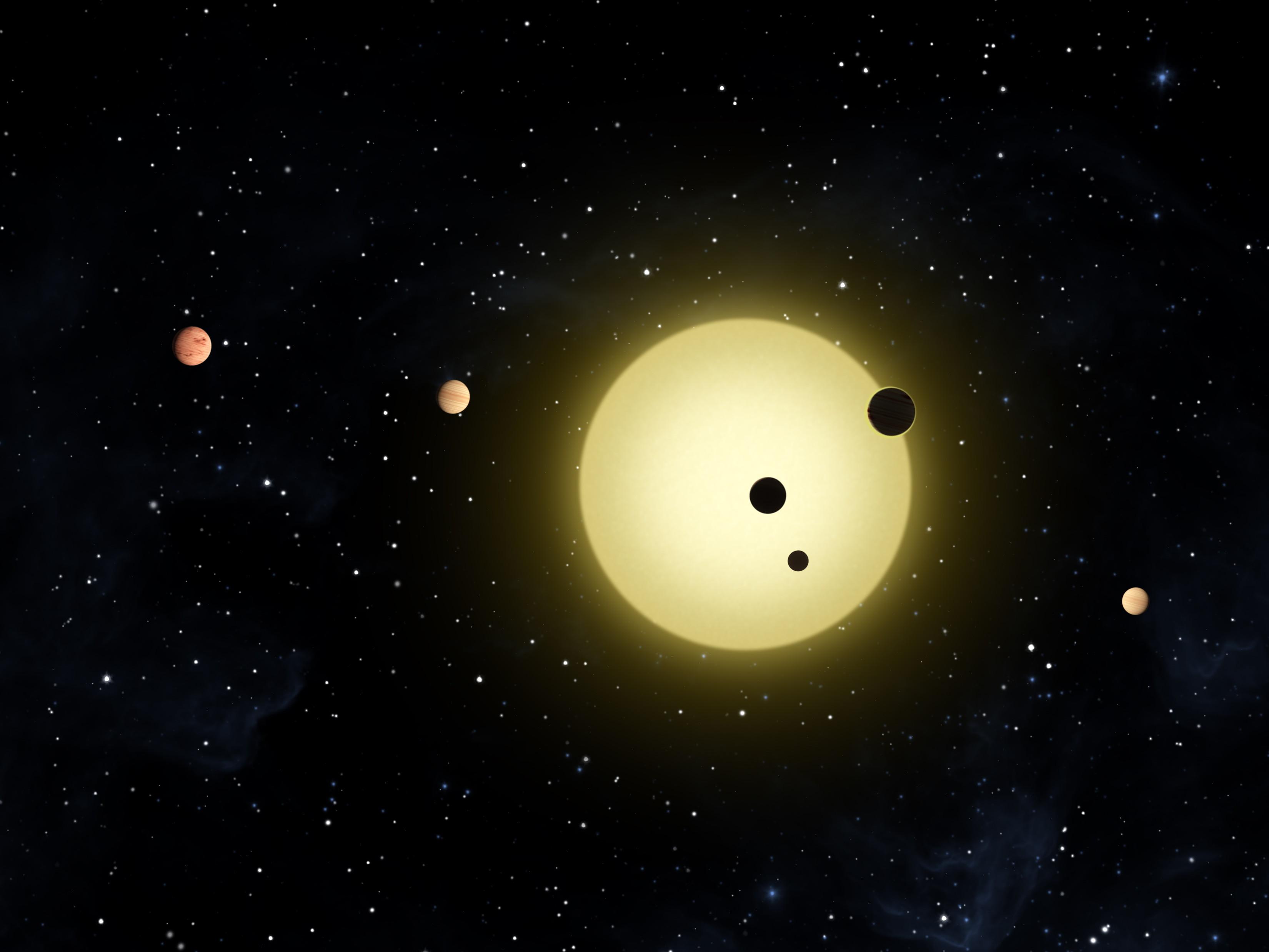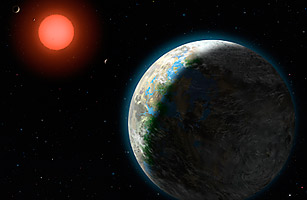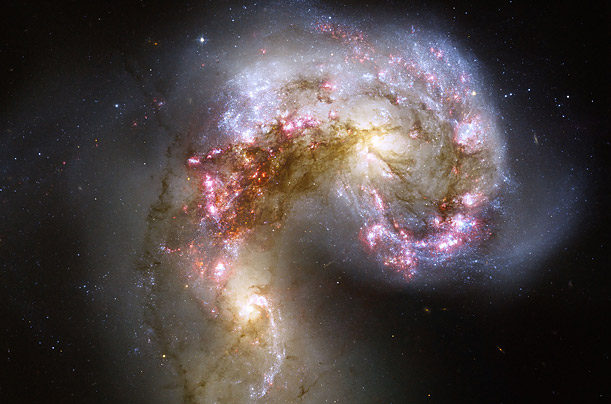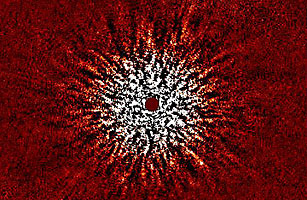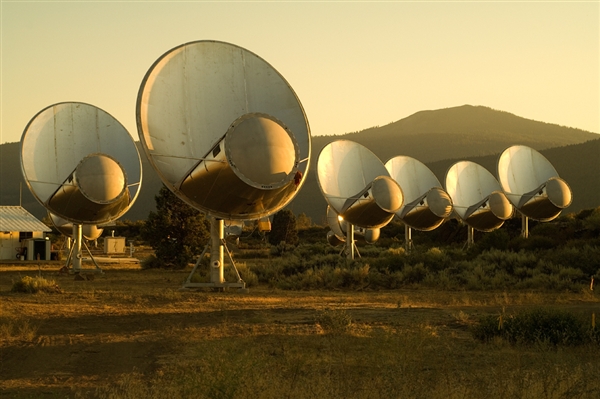
“‘There is a huge irony,’ said SETI Director Jill Tarter, ‘that a time when we discover so many planets to look at, we don’t have the operating funds to listen.’ SETI senior astronomer Seth Shostak compared the project’s suspension to ‘the Nina, Pinta and Santa Maria being put into dry dock.’…This is about exploration, and we want to keep the thing operational. It’s no good to have it sit idle.”
Another casualty of the lousy economy and the budget crises (in this case, California’s) SETI’s Allen Telescope Array goes dark. “‘We have the radio antennae up, but we can’t run them without operating funds,’ he added. ‘Honestly, if everybody contributed just 3 extra cents on their 1040 tax forms, we could find out if we have cosmic company.‘”

